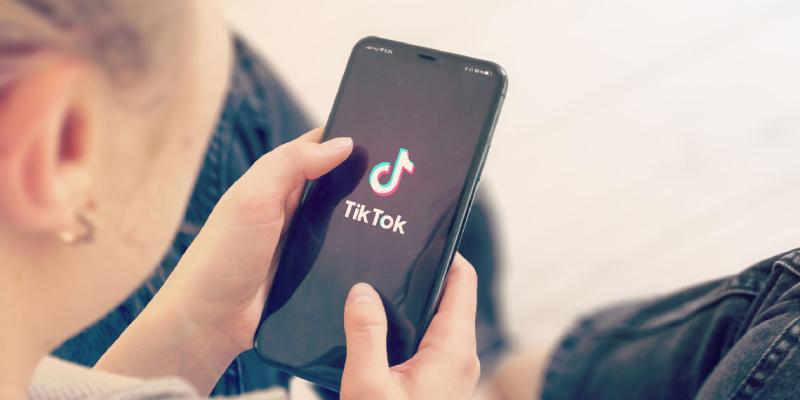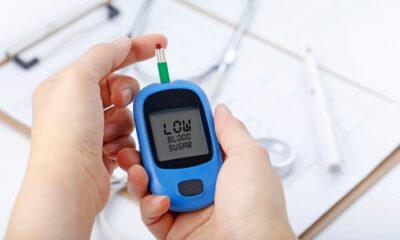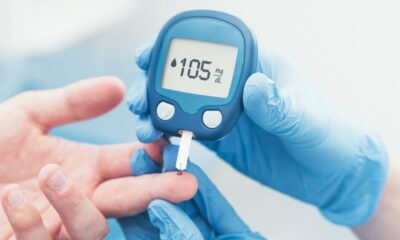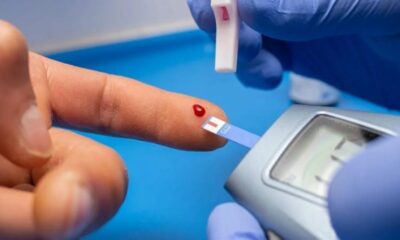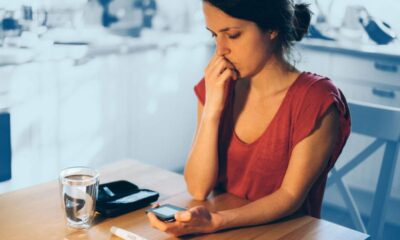According to new research that was published in Cyberpsychology, Behavior, and Social Networking, users of both TikTok and Instagram who had greater experiences of “telepresence,” which refers to a user’s sense of immersion in the world created by social media apps, had higher levels of depression and anxiety.
The “flow” experiences brought about by social media use were the focus of the study. In the 1970s, psychologist Mihaly Csikszentmihalyi first used the term “flow” to describe a mental state that occurs when a person is completely absorbed in an activity. With regards to context of social media, flow experiences might happen when somebody is looking at their feed and is completely immersed in the content they are consuming.
“My research interests include the relationship between smartphone and social media use and psychological well-being,” said study author James A. Roberts, the Ben H. Williams Professor of Marketing in the Hankamer School of Business at Baylor University
“Given these interests, I am very familiar with the different social media apps available. My personal experience with TikTok suggests that it is potentially highly addictive. The popularity of Instagram across a wide range of age groups (especially teens and young adults) and its recent ties to teen eating disorders drew my attention to it.”
Participants were recruited by the researchers who were at least 18 years old, resided in the United States, and had previously used Instagram or TikTok. 195 Instagram users (mean age 38) and 225 TikTok users (mean age 37) were included in the sample. Participants were asked to check their phones to see the exact amount of time spent on the relevant apps in order to obtain objective measures of time spent on social media.
The Facebook Flow Questionnaire was modified by the researchers to assess flow experiences by substituting “TikTok” or “Instagram” for “Facebook.” Five distinct dimensions were assessed by the questionnaire: enjoyment, telepresence, focusing attention, and curiosity The members likewise finished measures of the fear of missing out (FOMO), social media addiction, anxiety, and depression.
According to the diagnostic criteria, the researchers discovered that 24% of Instagram users and 28% of TikTok users would be considered addicted. Telepresence was found to be most correlated with addiction to social media, mind wandering, FOMO, anxiety, and depression among the flow subscales.
Those with a high level of telepresence agree with statements such as “Using [Tiktok/Instagram] often makes me forget where I am and what currently happens around me” and “While using [Tiktok/Instagram], the world generated by the sites I visit is more real for me than the real world.”
When compared to Instagram users, TikTok users reported higher levels of overall flow, enjoyment, and time distortion. “People become so engrossed while using TikTok that they will neglect other activities,” Roberts said.
The fact that the study did not look into how people use social media in different ways, such as actively versus passively, may be a limitation. Psychological well-being may be impacted by passive social media use, such as “doom scrolling,” according to previous research. However, there is evidence from some studies that active use, such as interacting with others, can boost well-being.
“Research is still needed that strives to better understand why people use a particular social media,” Roberts said. “The reasons are many and likely impact the well-being of the user differently. And, how someone uses social media (actively or passively) has also been found to drive user experience.”
“I think social media may be, as Thoreau presciently stated nearly 170 years ago about mankind’s inventions, ‘They are but improved means to an unimproved end …’ These social media may provide an escape from everyday worries, although a suboptimal coping strategy,” the researcher added.

 Diabetology2 weeks ago
Diabetology2 weeks ago
 Diabetology1 week ago
Diabetology1 week ago
 Diabetology5 days ago
Diabetology5 days ago
 Diabetology6 days ago
Diabetology6 days ago
 Diabetology6 days ago
Diabetology6 days ago
 Diabetology3 days ago
Diabetology3 days ago
 Diabetology3 days ago
Diabetology3 days ago
 Diabetology1 day ago
Diabetology1 day ago
